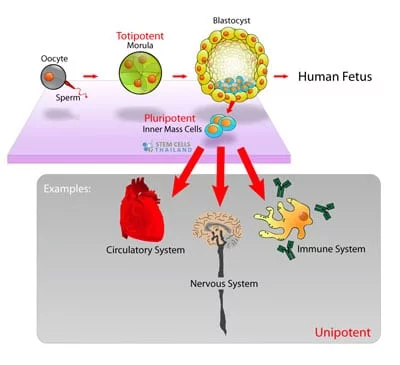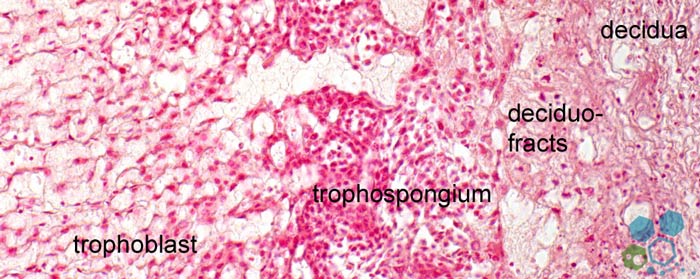Obligatory asymmetric replication is also known as asymmetric cell division is the process by which a stem cell undergoes differentiation or division. The final result of which are two daughter cells. [1]

One cell is identical to the mother cell and the other a totally differentiated one. This is one of the processes in regenerative medicine that allows stem cells to undergo to maintain their number and form a “stem cell reserve.” The other process is known as stochastic differentiation. Obligatory asymmetric replication refers to a phenomenon in which, during DNA replication, one DNA strand is always replicated in a continuous manner (leading strand) while the other strand is replicated discontinuously (lagging strand). This asymmetry arises because DNA synthesis by DNA polymerases can only occur in a 5′ to 3′ direction.
Breakdown of Asymmetric Cell Division
- DNA Structure & Replication: DNA is a double-stranded helix, with two strands running in opposite directions. One strand is oriented 5′ to 3′ (based on the carbon numbering in the sugar backbone), and the other is oriented 3′ to 5′. DNA polymerases, the enzymes that synthesize DNA, can only add nucleotides to the 3′ end of a growing DNA strand.
- Leading vs. Lagging Strand: When the DNA double helix is unwound by helicase during replication, the two strands are exposed.
The leading strand is the strand that can be synthesized continuously by the DNA polymerase, moving in the same direction as the replication fork. The lagging strand, on the other hand, is synthesized discontinuously in small fragments called Okazaki fragments because the direction of its synthesis (5′ to 3′) is opposite to the movement of the replication fork. After each Okazaki fragment is synthesized, DNA polymerase needs to reposition itself further back on the lagging strand template to begin synthesis of the next fragment. - Role of RNA Primers: For DNA polymerase to start synthesis, it requires a short RNA primer to provide a starting point. These primers are laid down by an enzyme called primase.
On the leading strand, only one primer is needed at the origin of replication. The polymerase can then continuously synthesize the entire strand. For the lagging strand, however, a new primer is required for each of the Okazaki fragments. After the fragments are synthesized, the RNA primers are removed, and the gaps are filled with DNA by another DNA polymerase. Finally, the fragments are joined together by the enzyme DNA ligase. - Biological Implications: This obligatory asymmetric replication has implications for the DNA replication process, including coordination of replication machinery, the need for multiple enzymes like ligases and primases, and potential sources of replication errors.
The ends of linear chromosomes, called telomeres, present additional challenges during replication, especially for the lagging strand, due to the obligatory asymmetry. This is because the very end of the lagging strand cannot be fully replicated, leading to the potential shortening of telomeres with each cell division. This phenomenon has implications for cellular aging and is a focus of much research.
Obligatory asymmetric replication is a fundamental aspect of DNA replication in cells with linear chromosomes and has several biological implications, from the molecular machinery needed to accomplish replication to broader considerations about genome stability and cellular aging.
Published Clinical Citation
[1] ^Ralph A. Neumüller,Juergen A. Knoblich Dividing cellular asymmetry: asymmetric cell division and its implications for stem cells and cancer Genes Dev. 2009 Dec 1; 23(23): 2675–2699.
doi: 10.1101/gad.1850809

